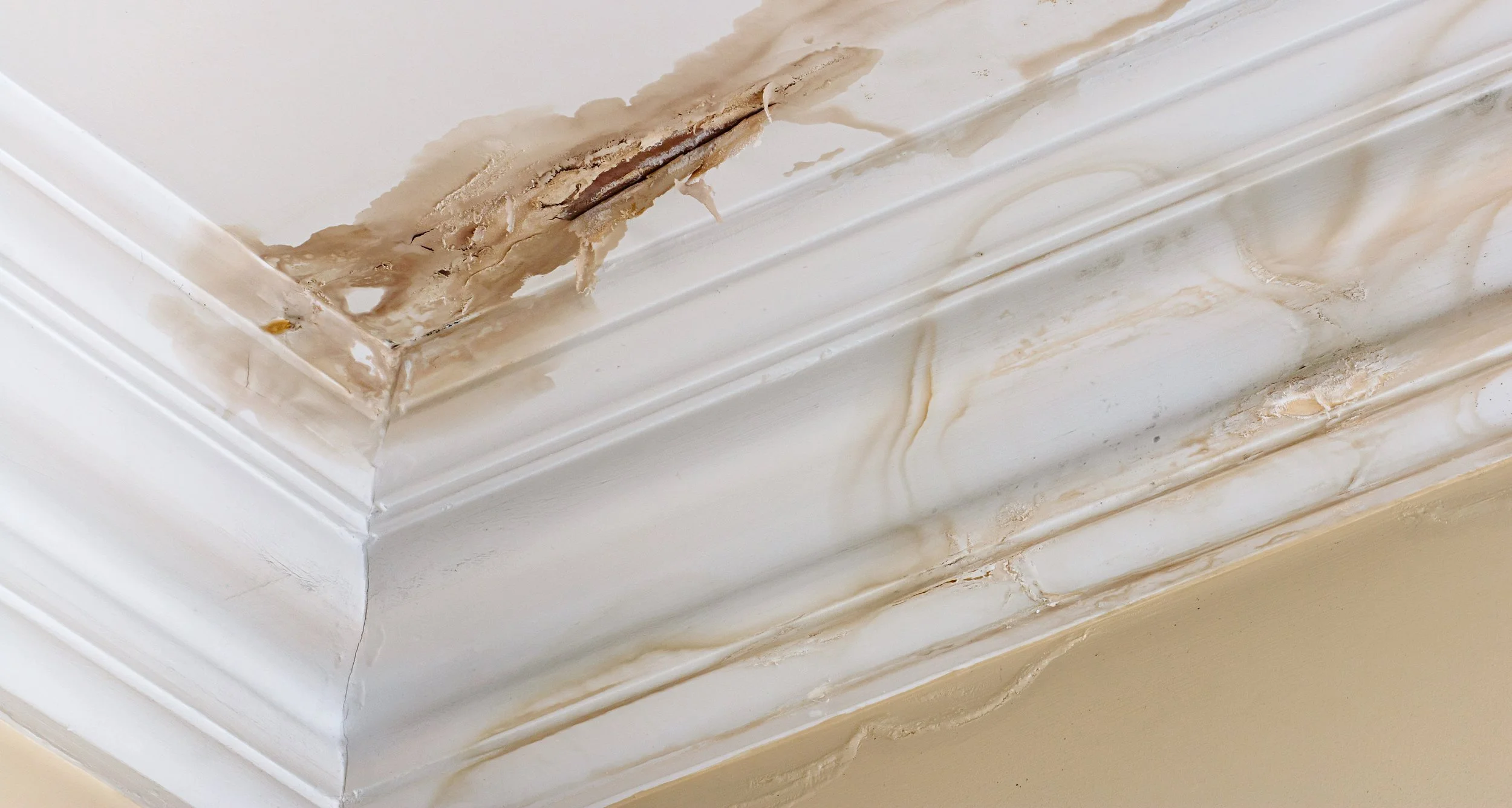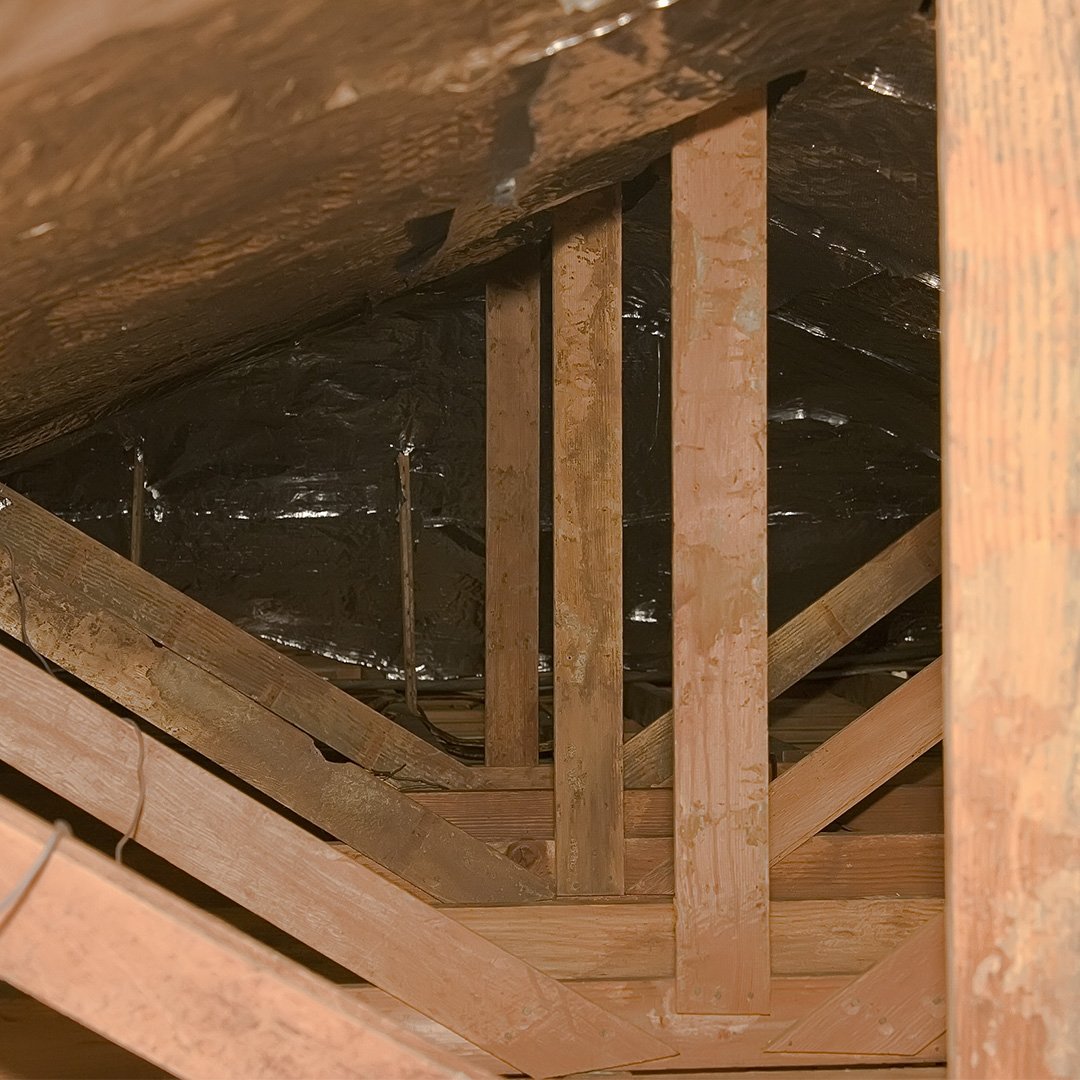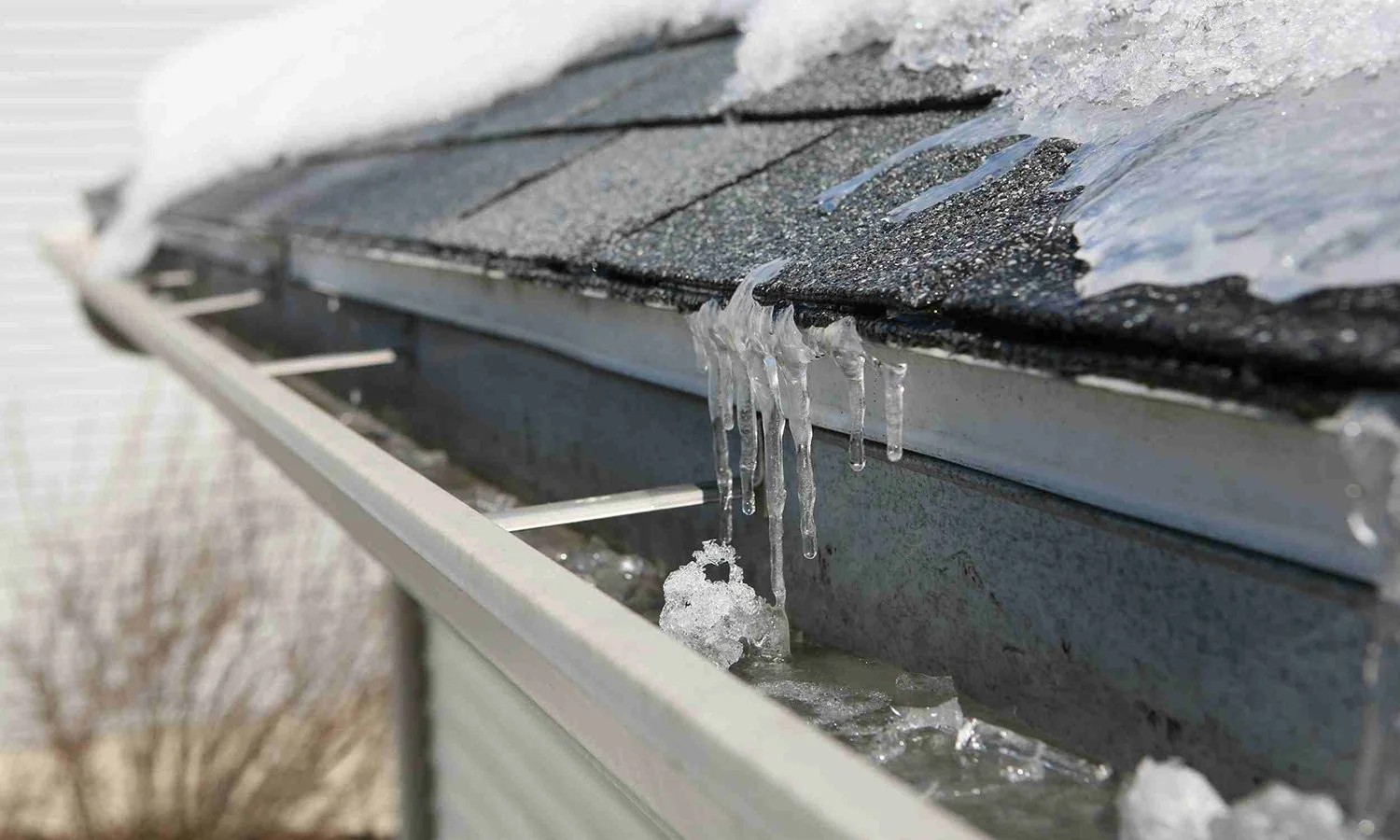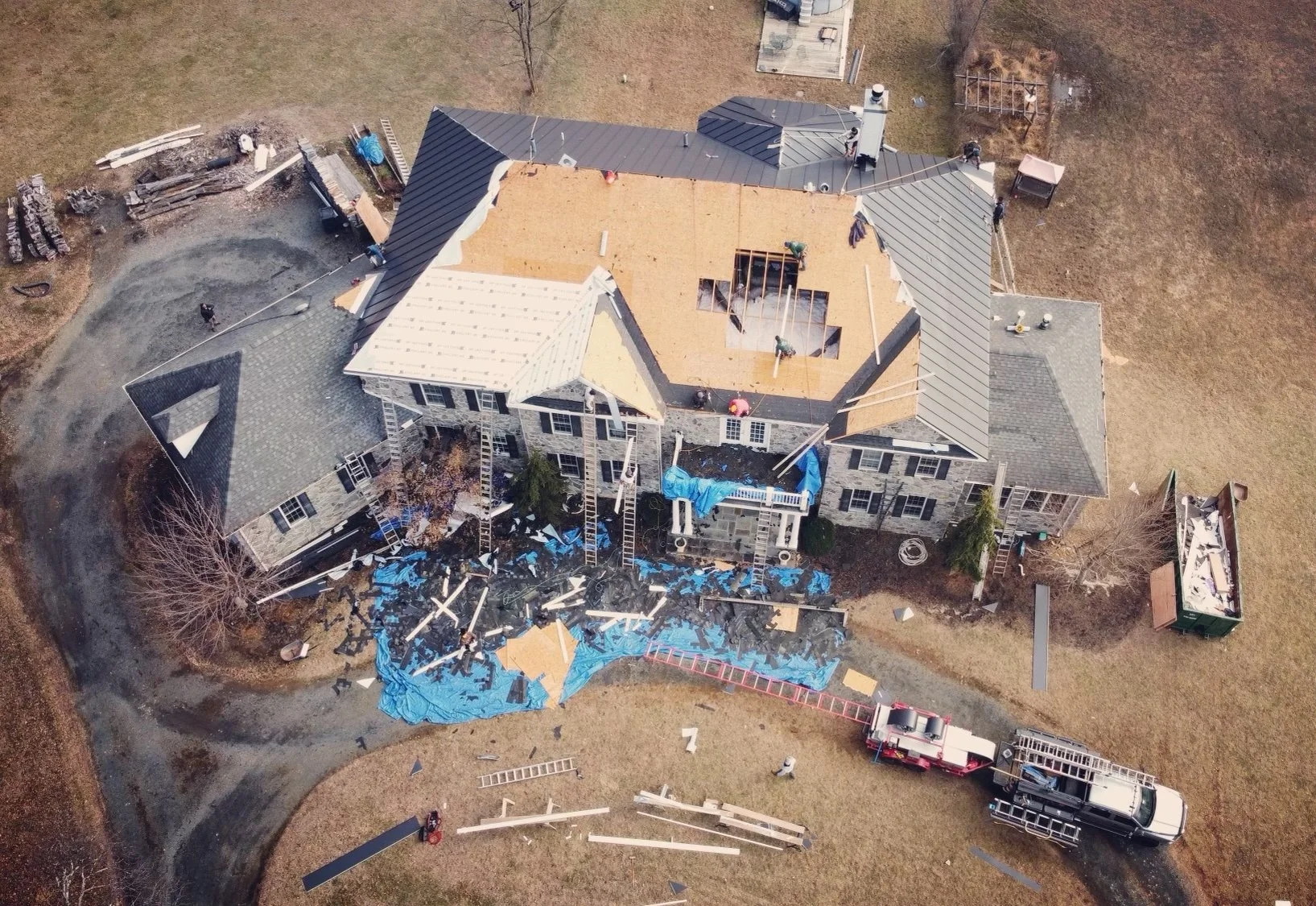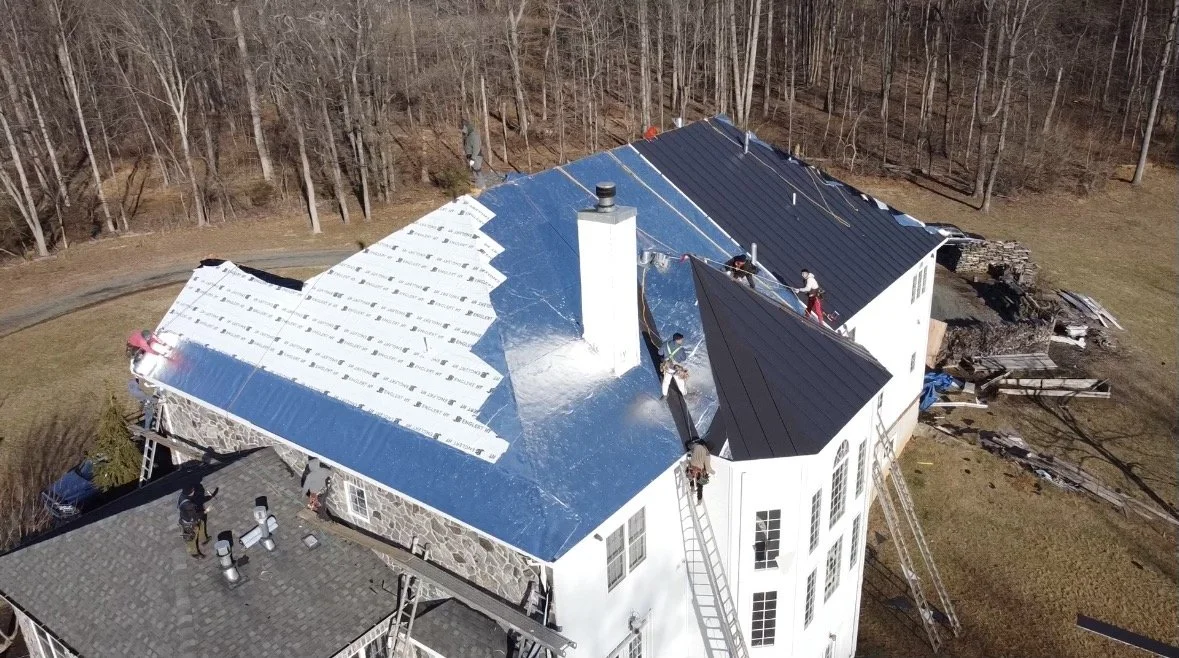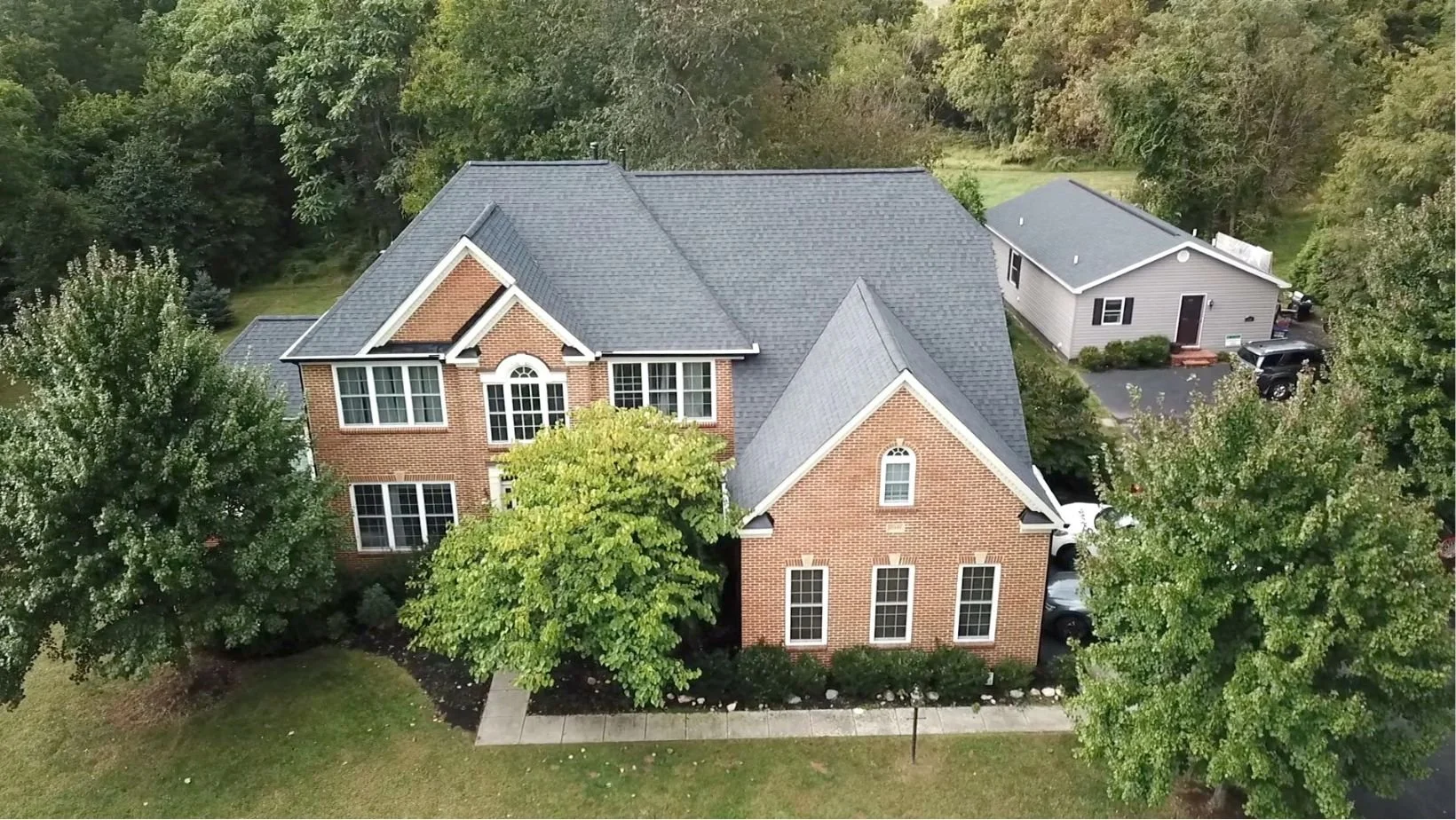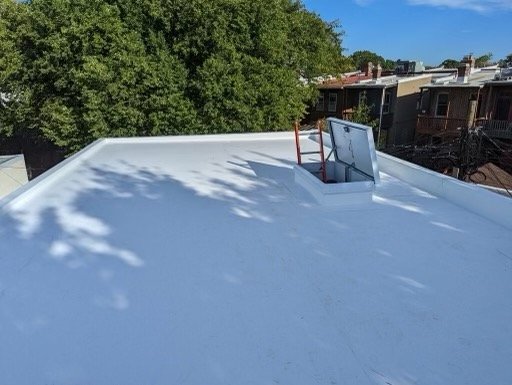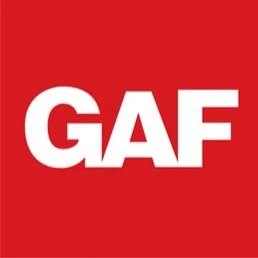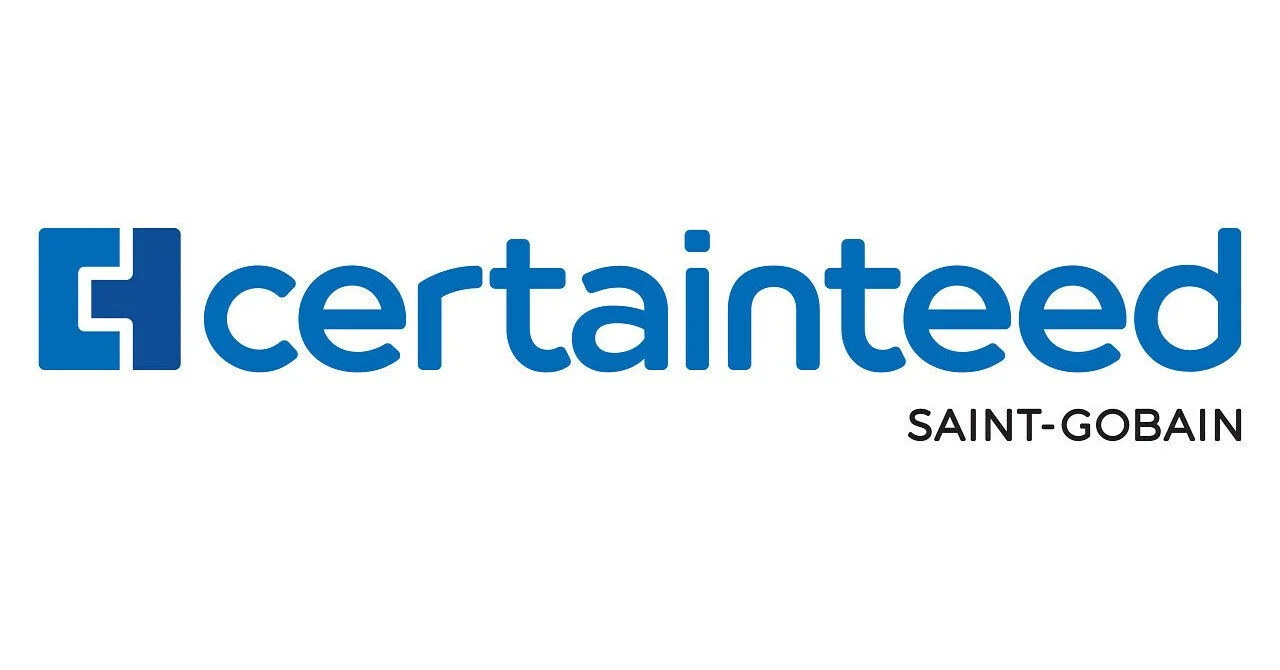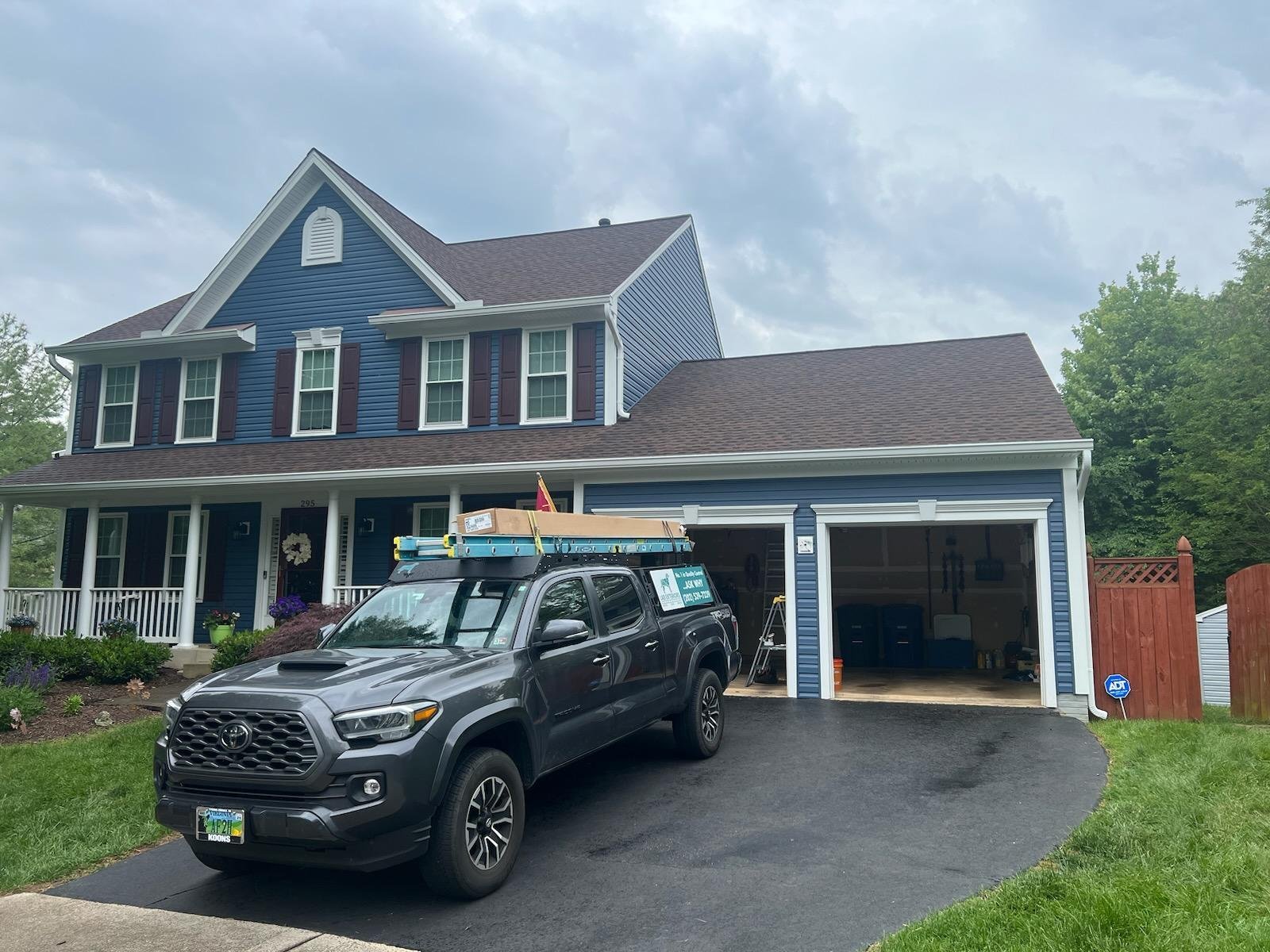
Roofing
Contact LAB Today!
When it comes to home maintenance, one of the most important tasks is keeping your roof in good condition. Over time, even the best-built roofs will start to deteriorate and will eventually need to be replaced.
If you're experiencing leaks, missing shingles, or other signs of roof damage, it's time to think about a roof replacement. A new roof not only enhances the aesthetics of your home, but it also protects it from water damage, mold growth, and other structural issues.
Here are three things that can happen when you have a bad roof
Water damage.
One of the most common problems associated with a bad roof is water damage. A leaking roof can allow water to seep into your home, causing damage to your walls, ceilings, and floors. Water damage can lead to mold and mildew growth, which can be hazardous to your health and difficult to remove. Additionally, if water damage is left unaddressed, it can weaken your home's structural integrity and lead to costly repairs.
Visit our insurance page to learn more!
Pest Infestation
A bad roof can also provide an entry point for pests, such as rodents and insects, to enter your home. Pests can cause damage to your home's structure and pose a health risk to your family. They can also cause unpleasant odors and be difficult to remove once they have established a nest or colony.
Visit our Learning Center to learn more!
Energy Loss
A bad roof can cause energy loss, which can lead to higher utility bills and decreased comfort inside your home. If your roof is damaged or improperly insulated, it can allow hot or cold air to escape from your home, forcing your HVAC system to work harder to maintain a comfortable temperature. This can lead to higher energy bills and decreased energy efficiency in your home.
Ask us about low-e thermal barriers to increase your homes energy efficiency!

